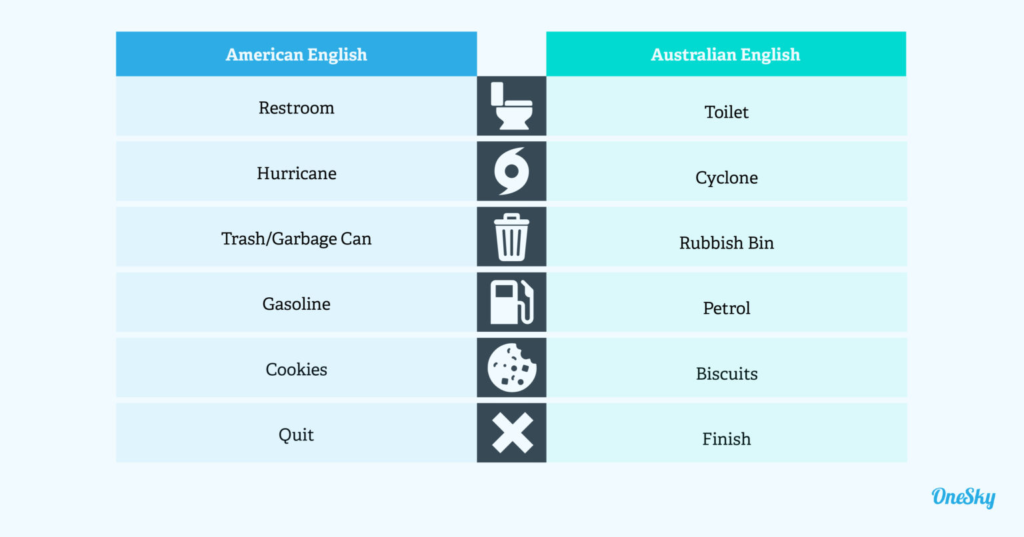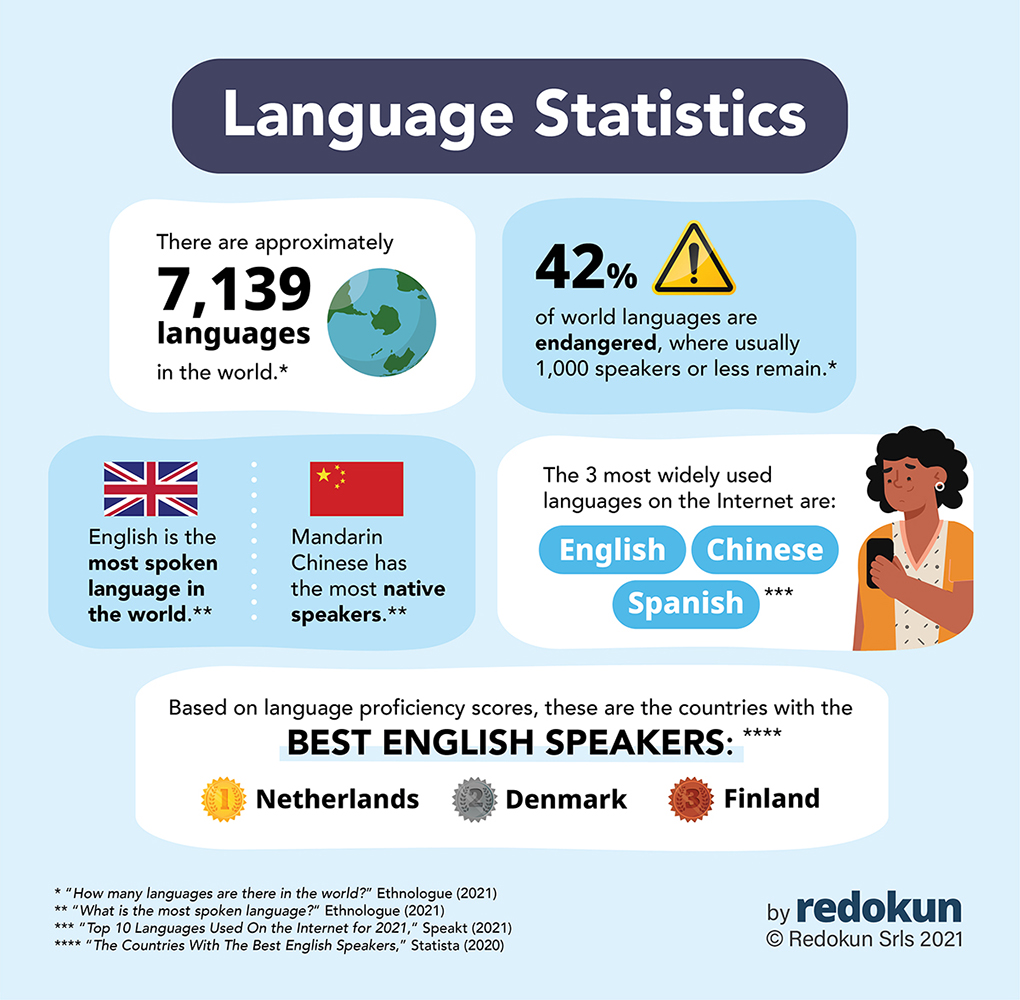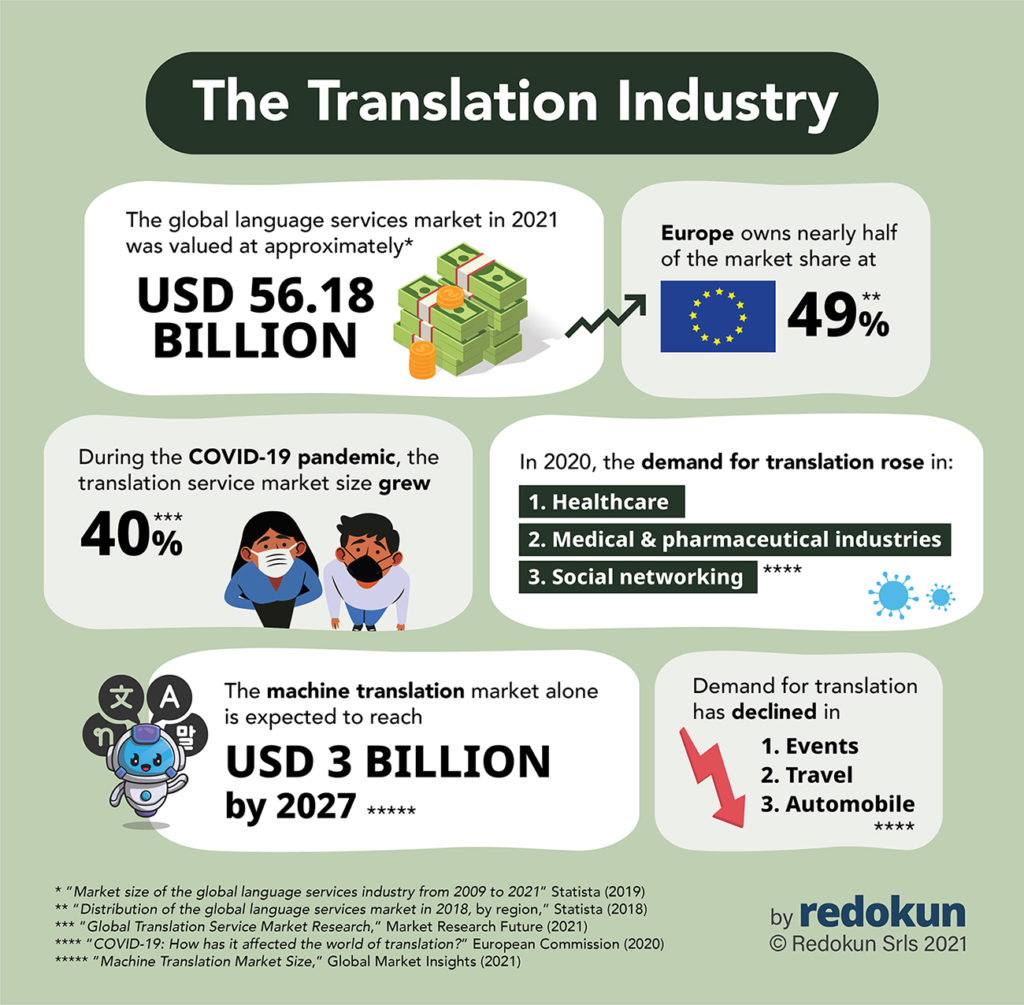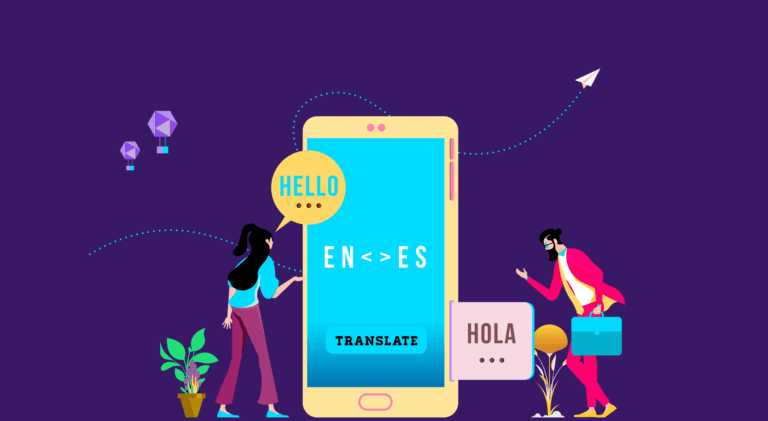The Role of Translation and Localization in Digital Content Conversion Services

Geld Auf Der Bank.
Did the above sentence mean something to you? If you are like most English speakers, you don’t know the meaning of this sentence. If the rest of the article is like the first sentence, you will skip it.
That works both ways. For a person conversant with the language of the first sentence alone, the rest of this article would make no sense. This illustrates something important about the Internet. If you want to communicate with locals, you have to speak their language.
Online businesses are pan-global. Many of their customers speak only one language. To sell to them, you need to market in their language. Translation and localization are the solutions to this problem.
In this article, we will discuss the necessity of translation and localization. We will also discuss how they benefit global businesses and their role in digital content conversion services.

The Necessity of Translation And Localization For Digital Content
So you have fulfilled the first step of reaching your global consumers online — digital content creation (in English). Don’t sit back and relax. English is the most spoken Internet language, but not the only one.
Many of your customers are familiar and comfortable only in their native tongue — French, Spanish, Mandarin, Hindi, etc. You must speak to them in their language, or your competitors will. Simply put, if you don’t use digital content conversion services to talk to your customers, you can’t get their business (remember the first line of this article?).
This is why translation and localization are essential for digital content. Let’s illustrate this with some stats on the subject.
- The localization industry will have reached $56 billion in the US alone in 2021.
- The most spoken internet language, English, reaches only 25% of internet users.
- 72% of buyers would shop from sites in their language.
- A non-localized app may lose 13% of users.
- Only about 50% of Google queries are in English.
These statistics illustrate the necessity of translation and localization for digital content.

5 Ways Localization Drives Digital Content Engagement
One of the reasons to translate and localize is to increase digital content engagement. Here are five ways that digital content engagement increases with translation and localization.
1. Localization communicates at a personal level.
When you localize your content, not only are you communicating effectively, but you are also communicating personally. Translation is about speaking to consumers in their preferred language. Localization is about talking to consumers in a way they prefer. Personal communication touches the customer at a deep level. This also drives up your brand value and goodwill.
2. Localization delivers what consumers want.
Localized marketing is about communicating personally and delivering based on local needs. Netflix offers viewers what they want to see based on where they are. Whether it is a documentary, series, or reality show, the content Netflix delivers is culturally relatable to its audiences. This is important because a homemaker in India (for example) is less likely to watch a sci-fi or action series popular in the U.S.
3. Localized digital ads perform well.
When you localize ads, it is a sign of respect to potential customers. The company is saying they care about those customers by speaking their language. An American company advertising an (American) soccer ball would call it a football in England, for instance.
4. Localization prevents cultural friction.
What is funny in one culture may be an anathema in another. What may appeal to an American may be looked down upon in Saudi Arabia. Localization ensures that companies don’t hurt possible customers’ sentiments.
5. Localization ensures relevant and engaging content.
Besides translating content to speak the customer’s language, localization ensures that content is relevant to them and engages with them.

How Translation And Localization Increase Digital Content Conversion Rates
Translation and localization positively impact digital content conversion rates. Here’s how:
- Increasing audience size
Communicating only in English keeps a large chunk of the digital market away from your product knowledge. Letting potential customers know why they should choose your product/service instantly increases the customer base.
- Differentiating from the competition
If you are in a competitive global market and your competition isn’t translating and localizing, grab the opportunity and do it instead. If they are already translating and localizing, you have no option but to do so, too, to remain competitive.
- Delivering a better user experience
Localization uses terms, syntax, similes, and other linguistic norms that the target audience is familiar with, resulting in a better UX. This better user experience is good for business.
- Driving better quality traffic to your website
Translation and localization reach target audiences better. This means that the right demographic is driven to your website. Quality of traffic is at least as important as quantity.
- Reducing the bounce rate
A high bounce rate means a low-performing website. Translation and localization are known to reduce bounce rate. They give your website a higher search engine ranking.
- Closing sales
Improving the overall quality of your digital assets directly affects sales closure. If every part of your sales funnel is well-optimized, you will see a rise in your overall sales figure.
- Optimizing content globally
If you don’t optimize your international business for local audiences, your website won’t stand a chance of figuring in local language search engine results. This means that you miss out on SEO as well as conversions.
- Increasing customer loyalty
When you translate and localize, you connect with the audience. Localization makes content personal and respects the translated language, directly increasing customer loyalty.
- Ensuring client happiness
Translation and localization are an effort to ensure client happiness. By being personal with them and communicating clearly, you successfully keep the customer happy.
7 Areas To Localize
The seven significant areas international firms should localize in are:
- Localizing apps
- International SEO
- Localizing PPC campaigns
- Localizing e-learning
- Localizing videos
- Localizing websites
- Localizing marketing materials
In the End
There is a reason companies across the spectrum translate and localize their digital content. It pays. If you are looking to succeed in the world of global e-commerce, localize. Use a digital content conversion service to localize your content and see your business win the world. Done well, it means “Geld Auf Der Bank,” German for “money in the bank.”
FAQs
No. Translating is about speaking the customer’s language. Localization ensures compatibility with the local culture regarding their deeper value systems.
According to the U.S. census bureau, 78% of the U.S. population speaks English. Translating isn’t essential here, but 13 % percent of the U.S. population speaks Spanish, and it may be a good idea to make some of your marketing materials available in Spanish. Also, you may choose to localize based on the state.
Yes, this report indicates that multicultural marketing is becoming a priority.
Study and understand the client’s culture.
If you want to drive digital content engagement, it makes sense to use these services.
Latest Blogs
Explore how Google’s 2025 AI search updates triggered ranking chaos. Learn actionable strategies to adapt your SEO for AI Overviews, zero-click searches, and SERP volatility. Stay ahead now.
Learn how to rank on AI search engines like ChatGPT, Perplexity, and Gemini by optimizing your content for authority, structure, and relevance. Stay ahead in AI-driven search with this strategic guide.
Explore the best healthcare SEO services for your medical practice. Improve online visibility and effectively reach more patients in need of your services.
Get your hands on the latest news!
Similar Posts

Translation
5 mins read
All You Need to Know About Language Translation and Terminology Management

Translation
5 mins read
6 Reasons to Translate Content into German

Translation
5 mins read